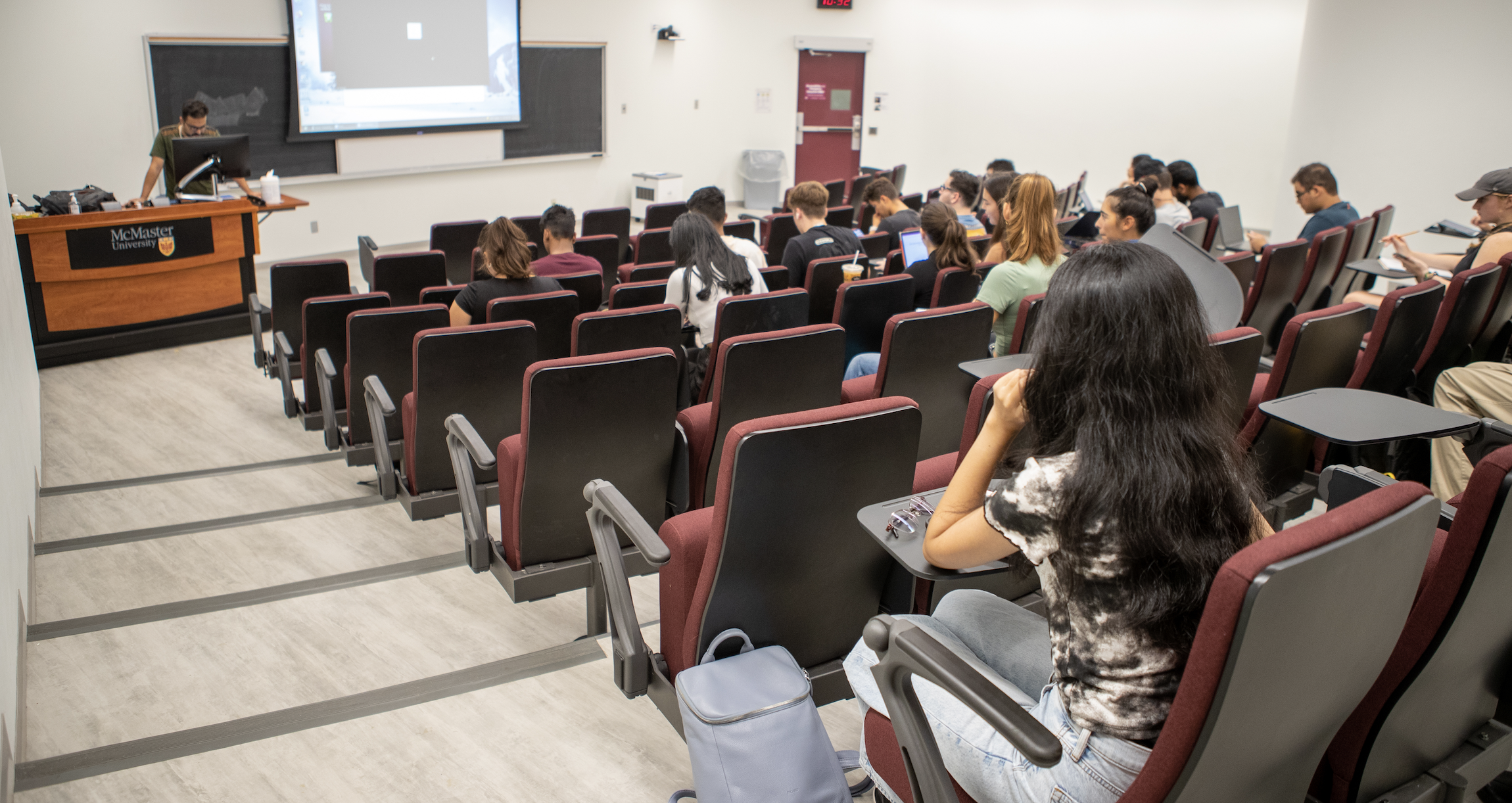Preparing and Sustaining a Classroom of Connection and Care: Practical Ideas and Activities

Students skipping classes is on the rise and many of those who attend in-person still seem to remain captured within the virtual space of Zoom ‘black squares’. Disengagement in the classroom is at an all-time high leaving many instructors demoralized and searching for solutions. There is no single answer to this dilemma, yet one prominent suggestion is to create and nurture a classroom of connection and care, a ‘pedagogy of care’ (Noddings, 1984, 2013). Learning, and in particular in-person learning, is fueled by human connection, and social connections can help cultivate classroom spaces where student engagement and learning can thrive. This article will share a few practical ideas and activities that instructors can use to set the tone of their course, build relationships early in the term, and remind students to care for themselves.
Before the first day of class
Humanizing the learning experience is of essence and this can be achieved through cultivating a space of connection and care before the first day of class. Instructors can reach out to students to introduce themselves through a personalized email or a pre-recorded video. In this email not only can the syllabus be shared but the instructor’s excitement to teach the content can be conveyed. They can also ask their students about their interests, concerns, pre-established responsibilities, preferred names (including phonetic pronunciation cues) and pronouns. This can also be done through a Welcome Survey (a Google form or similar intake form) or a discussion forum where a community of learners can get to know each other.
Wellness check-ins
Wellness check-ins can be utilized throughout the course to sustain this compassionate tone. This can be done anonymously through a digital format and QR code and through the use of abstract categories to encourage students to analyze their feelings and emotions. Prompts could be “if your start of this class/semester/course feelings were a colour, they would be…calm pastel colours, loud neon colours, rainbow colours of possibility or all of my crayons are broken” or virtually by asking, “which three emojis tell the story of your day so far?” Options to share this in community or confidently could be provided.
Intentional brain breaks
Stemming from embodied and mindful educational practices, instructors can intentionally schedule small “brain breaks” throughout a teaching session. This allows students the space and time to refocus their bodies, minds, and feelings to improve their learning capacity. Suggestions for such breaks could be a quick web search for a two-minute music break so students can check their phones, or go to the bathroom, a mini-guided meditation, a pause to allow students to stretch, a quick fun quiz, a short video connected to the content that they are learning or just some time for peer-to-peer socialization to increase a sense of community in your learning space. Students can also be invited to create course-wide Spotify playlists with guidelines on what is appropriate.
Activities like those presented in this article can be quick and meaningful ways to set up and sustain a caring and connected classroom. They can cultivate positive relationships, increase class attendance, increase student engagement, and promote a thriving learning environment. Regardless of which activities and ideas are chosen, it is imperative that an invitational tone is adopted, alternatives are provided and those who wish to opt out can do so without consequences or judgment.
Noddings, N. (1984). Caring, a feminine approach to ethics & moral education. Berkeley: University of California Press.
Updates
